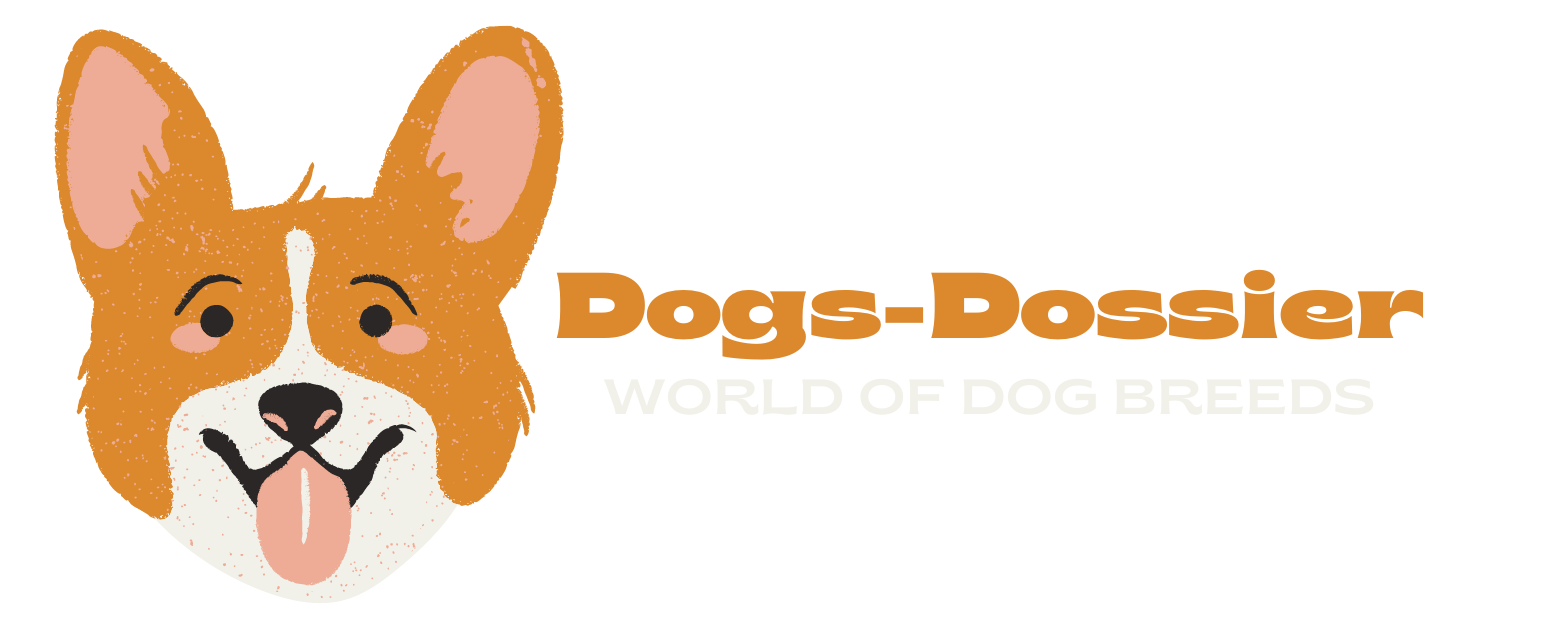Do French Bulldogs Have Tails? Unveiling the Facts
French Bulldogs, with their distinctive bat-like ears and charming personalities, have captured the hearts of dog lovers worldwide.
But amidst their adorable features lies a curious question: do French Bulldogs have tails?
History of French Bulldogs
French Bulldogs have a fascinating history that traces back to the 19th century.
Originally bred in England as miniature bulldogs, they were later favored by lace workers in Nottingham, who brought them to France during the Industrial Revolution.
Over time, breeders in France refined their appearance, leading to the development of the modern French Bulldog.
Do French Bulldogs Have Tails?
French Bulldogs do indeed have tails, although they are typically short and stubby. These tails, often referred to as “screw tails,” are characterized by their unique appearance, resembling a tight corkscrew. While some French Bulldogs may have slightly longer tails, the breed standard favors shorter tails.
Despite their short length, French Bulldog tails are an integral part of their anatomy, contributing to their overall balance and expression. Understanding the nature of French Bulldog tails is essential for responsible ownership and proper care of these beloved companions.

Anatomy of French Bulldogs: Exploring Tail Types
Screw Tails
Description: Short, stubby tails with a tight, corkscrew-like appearance.
Characteristics: Distinctive screw-like shape, often seen in French Bulldogs.
Straight Tails
Description: Slightly longer tails that lack the distinctive screw-like shape.
Characteristics: Less curvature compared to screw tails, but still shorter than tails of many other breeds.
Tight Curl Tails
Description: Tails with a tighter curl than the standard screw tail.
Characteristics: More pronounced corkscrew shape, adding to the breed’s unique aesthetic.
Loose Curl Tails
Description: Tails with a looser curl compared to tight curl tails.
Characteristics: Curvature is less pronounced, resulting in a slightly different appearance.
Variations Within the Breed
Description: French Bulldogs may exhibit a range of tail types within the breed.
Characteristics: Tail length and curvature can vary, adding to the individuality of each dog.
Genetics and Tail Length
The length of a French Bulldog’s tail is influenced by genetics, with certain genes determining tail length variations within the breed. While some French Bulldogs inherit shorter tails, others may have longer ones due to genetic predispositions.
Tail length variations can even occur within the same litter, highlighting the complexity of genetic inheritance. Breeders carefully select for desired traits, including tail length, to maintain breed standards.
Understanding the genetic factors behind tail length can help breeders make informed decisions and contribute to responsible breeding practices.
Additionally, pet owners should be aware of these genetic influences when selecting a French Bulldog puppy, ensuring they understand and appreciate the natural variations within the breed.
Tail Docking Practices
Historically, tail docking was a common practice among certain dog breeds, including French Bulldogs. This procedure involved the surgical removal of a portion of the tail, typically performed shortly after birth.
While proponents argued that tail docking was necessary for aesthetic or practical reasons, such as preventing tail injuries in working dogs, critics raised ethical concerns about the procedure’s necessity and potential harm to the dog’s well-being.
Today, many countries have implemented regulations or outright bans on tail docking, recognizing it as unnecessary and inhumane.
However, there are still debates within the dog breeding community regarding the ethics and necessity of tail docking, with some breed standards still permitting the practice under certain circumstances.
It’s important for pet owners to research and understand the implications of tail docking before making any decisions regarding their French Bulldog’s tail.
Health Implications
The length and condition of a French Bulldog’s tail can have significant implications for their health and well-being. Short tails, such as those characteristic of French Bulldogs, may be less prone to injuries or trauma compared to longer tails found in other breeds.
However, issues such as tail infections or dermatitis can still arise, particularly if the tail is not properly cared for or if there are genetic predispositions to certain conditions. Additionally, abnormalities in tail structure, such as kinks or deformities, can potentially lead to discomfort or mobility issues for the dog.
It’s essential for owners to regularly inspect their French Bulldog’s tail for any signs of irritation, injury, or abnormalities and seek veterinary care promptly if concerns arise. By maintaining proper tail hygiene and addressing any health issues proactively, owners can help ensure their French Bulldog leads a happy and healthy life.
Caring for French Bulldog Tails
Proper care of a French Bulldog’s tail is essential for maintaining their overall health and well-being. Regular inspection and cleaning of the tail area are important to prevent issues such as infections or irritations.
Owners should gently clean the tail area with a mild, pet-safe cleanser and warm water, being careful not to tug or pull on the tail. Additionally, trimming any excess fur around the tail can help prevent matting and hygiene-related issues.
It’s also crucial to monitor the tail for any signs of discomfort, such as redness, swelling, or unusual discharge, as these may indicate underlying health problems that require veterinary attention.
By incorporating tail care into their routine grooming regimen, owners can ensure that their French Bulldog’s tail remains healthy and comfortable.

Tail-related Behavioral Traits
The length and movement of a French Bulldog’s tail can offer insight into their emotions and behavior. While tail wagging is often associated with happiness and excitement, the range of motion may vary depending on the tail length.
A shorter tail, such as that of a French Bulldog, may exhibit more subtle wagging or wagging lower to the ground. Understanding these tail cues can help owners interpret their dog’s mood and respond accordingly.
Additionally, French Bulldogs may use their tails for balance, especially when making quick turns or navigating obstacles. By observing and understanding their dog’s tail movements, owners can enhance their communication and strengthen their bond with their furry companion.
FAQs: French Bulldogs
Are all French Bulldogs born without tails?
French Bulldogs are typically born with tails, but their tails are naturally short.
Is tail docking necessary for French Bulldogs?
Tail docking is a controversial practice and is not considered necessary for French Bulldogs.
Can you tell if a French Bulldog will have a tail at birth?
While some French Bulldogs may have shorter tails from birth, tail length can vary within the breed.
How do I properly care for my French Bulldog’s tail?
Regular inspection and cleaning, along with a balanced diet and exercise, are essential for maintaining tail health.
What should I do if my French Bulldog shows signs of tail-related health issues?
If your French Bulldog displays any signs of discomfort or abnormalities with their tail, it’s important to consult with a veterinarian for proper diagnosis and treatment.
Conclusion
In conclusion, French Bulldogs do have tails, albeit short ones. Understanding the anatomy, genetics, and care requirements of their tails is essential for responsible ownership.
By providing proper care and attention, you can ensure your French Bulldog leads a happy and healthy life, tail wagging included!





